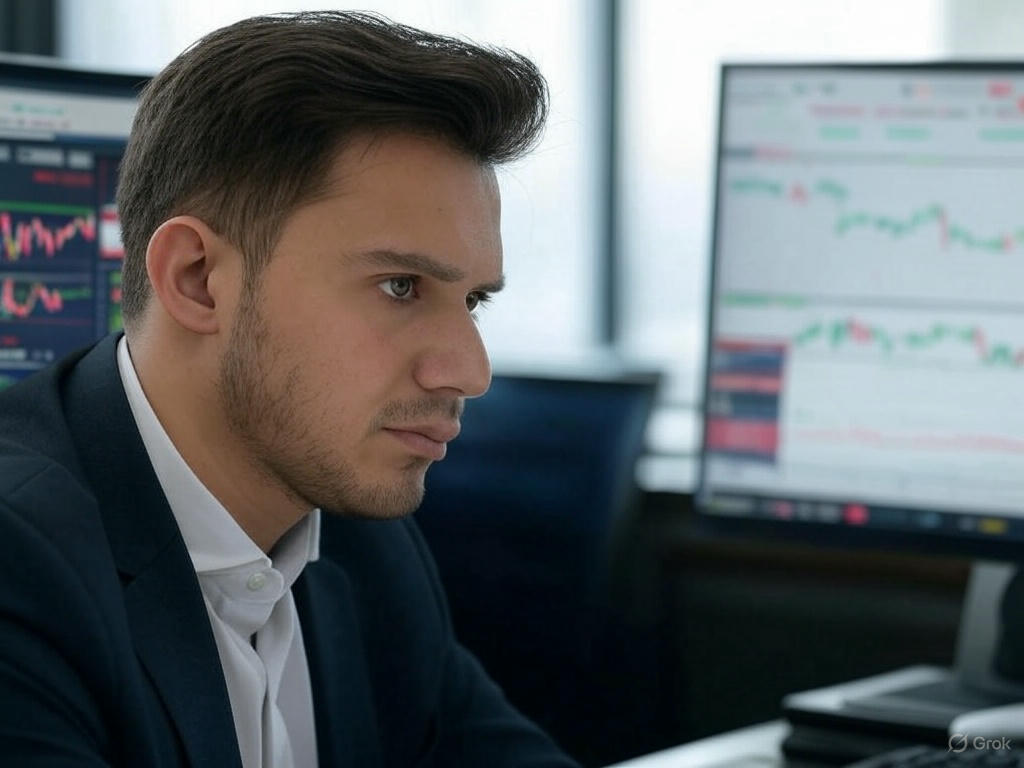How Institutional Traders Influence Forex Market Movements
The Forex trading market may seem like a free and open space where anyone can profit. But beneath the surface, institutional traders play a massive role in shaping price movements. Unlike retail traders who operate with smaller capital, institutional players such as banks, hedge funds, and multinational corporations control billions of dollars, allowing them to move the market in ways that often catch smaller traders off guard. Understanding how these large players operate is essential for navigating the forex market with confidence.
Who Are the Institutional Traders in Forex?
Institutional traders are the financial powerhouses behind the largest currency transactions. They include:
- Central Banks – These institutions influence Forex trading through interest rate decisions, monetary policies, and direct market interventions. When a central bank changes interest rates, it can cause massive shifts in currency value.
- Commercial and Investment Banks – Major banks facilitate global currency exchange and execute large trades for corporate clients. They also engage in speculative trading to capitalize on market movements.
- Hedge Funds and Asset Managers – These entities trade currencies to maximize returns for their investors. Their strategies can range from short-term speculation to long-term macroeconomic positioning.
- Multinational Corporations – Large companies participate in Forex trading to hedge against currency risk in international business transactions. Their buying and selling of foreign currencies contribute to market liquidity.
These institutions have far more resources than retail traders, allowing them to influence the market in significant ways.
How Institutional Traders Move the Market
- Order Flow and Liquidity Control
Institutional traders execute massive orders, which means their transactions impact supply and demand on a much larger scale than retail traders. When they buy or sell a currency in large volumes, it can create strong trends that drive prices in a particular direction. - Stop-Loss Hunting and Liquidity Grabs
Smart money knows where retail traders place their stop-loss orders. They often manipulate price movements to trigger these stops before moving the market in the intended direction. This tactic, known as “stop hunting,” allows institutions to accumulate positions at better prices while retail traders are forced out of the market. - Market Sentiment Manipulation
Institutional traders use news events and economic reports strategically to influence Forex trading sentiment. A large institution may take a position before a major announcement and use market hype to drive prices in their favor. Retail traders who react emotionally to news often find themselves on the wrong side of these moves. - Algorithmic and High-Frequency Trading (HFT)
Many institutional traders rely on automated trading systems that execute thousands of trades in milliseconds. These algorithms analyze price action and market depth to identify opportunities that human traders might miss. Retail traders, who lack access to these high-speed systems, often struggle to compete in such fast-moving environments.
How Retail Traders Can Adapt to Institutional Influence
While institutions dominate Forex trading, retail traders can still profit by learning to follow their moves instead of fighting against them. Here’s how:
- Analyze Institutional Footprints – Using indicators like volume analysis and market sentiment tools can help identify where large traders are positioning themselves.
- Avoid Obvious Stop-Loss Placement – Instead of placing stops at common levels like recent highs or lows, consider setting them slightly beyond key price zones.
- Trade with the Trend – Institutions create trends, not retail traders. Identifying and trading in the direction of institutional activity increases the probability of success.
- Stay Informed – Understanding central bank policies, economic reports, and major financial events can provide insight into institutional decision-making.
Institutional traders drive the majority of price action in Forex trading, using their vast resources, strategic positioning, and market knowledge to gain an edge. Retail traders who understand how these large players operate can position themselves accordingly, avoiding common traps and capitalizing on institutional trends. Instead of viewing the market as a battleground, retail traders should learn to move with the flow of smart money, increasing their chances of long-term success.






